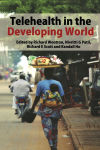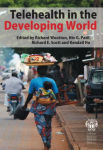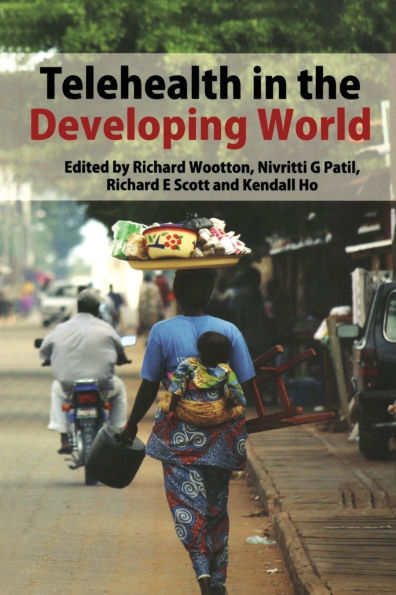Telehealth in the Developing World
Telecommunications bring the potential to improve both the quality of and access to health care in the remotest areas of the developing world. Telemedicine offers solutions for emergency medical assistance, long distance consultation, administration and logistics, supervision and quality assurance and education and training for health-care professionals and providers. A new addition to the successful telehealth series published by the Royal Society of Medicine Press, Telehealth in the Developing World aims to balance the relative lack of published information on successful telehealth solutions in the developing world. It is written for all e-health and telehealth proponents interested in learning about, or contributing to the implementation of, appropriate solutions for 80 per cent of the world's population.Topics featured in this book include: teledermatology in Cambodia; telepediatrics in Chechnya; telepathology in India - using digital cameras and email; HealthNet networks in Nepal; medical missions for children in Mongolia; international HIV/AIDS discussion lists; the Aga Khan Telehealth Network in Pakistan; access to mobile phones and internet in the Philippines; exchanging X-ray images in Ghana; web-based oncology registries and a virtual oncology hospital in Brazil; surgical training in the developing world; and, the iPath international email network.
1134462759
Telehealth in the Developing World
Telecommunications bring the potential to improve both the quality of and access to health care in the remotest areas of the developing world. Telemedicine offers solutions for emergency medical assistance, long distance consultation, administration and logistics, supervision and quality assurance and education and training for health-care professionals and providers. A new addition to the successful telehealth series published by the Royal Society of Medicine Press, Telehealth in the Developing World aims to balance the relative lack of published information on successful telehealth solutions in the developing world. It is written for all e-health and telehealth proponents interested in learning about, or contributing to the implementation of, appropriate solutions for 80 per cent of the world's population.Topics featured in this book include: teledermatology in Cambodia; telepediatrics in Chechnya; telepathology in India - using digital cameras and email; HealthNet networks in Nepal; medical missions for children in Mongolia; international HIV/AIDS discussion lists; the Aga Khan Telehealth Network in Pakistan; access to mobile phones and internet in the Philippines; exchanging X-ray images in Ghana; web-based oncology registries and a virtual oncology hospital in Brazil; surgical training in the developing world; and, the iPath international email network.
64.99
In Stock
5
1

Telehealth in the Developing World
336
Telehealth in the Developing World
336Paperback
$64.99
64.99
In Stock

Product Details
| ISBN-13: | 9781853157844 |
|---|---|
| Publisher: | Taylor & Francis |
| Publication date: | 02/24/2009 |
| Pages: | 336 |
| Product dimensions: | 6.12(w) x 9.19(h) x (d) |
About the Author
From the B&N Reads Blog



